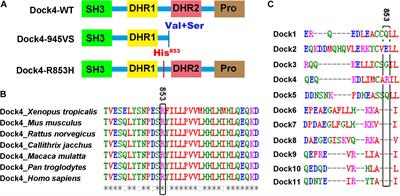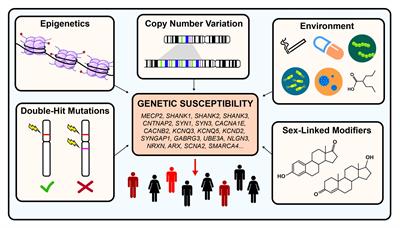ORIGINAL RESEARCH
Published on 05 Jun 2020
A Whole-Brain Cell-Type-Specific Sparse Neuron Labeling Method and Its Application in a Shank3 Autistic Mouse Model

doi 10.3389/fncel.2020.00145
- 8,688 views
- 4 citations
45k
Total downloads
383k
Total views and downloads
Select the journal/section where you want your idea to be submitted:
ORIGINAL RESEARCH
Published on 05 Jun 2020

ORIGINAL RESEARCH
Published on 05 May 2020

ORIGINAL RESEARCH
Published on 31 Mar 2020

BRIEF RESEARCH REPORT
Published on 19 Mar 2020

ORIGINAL RESEARCH
Published on 11 Feb 2020

ORIGINAL RESEARCH
Published on 15 Jan 2020

ORIGINAL RESEARCH
Published on 29 Nov 2019

ORIGINAL RESEARCH
Published on 25 Oct 2019

ORIGINAL RESEARCH
Published on 23 Oct 2019

CORRECTION
Published on 22 Aug 2019
REVIEW
Published on 20 Aug 2019

ORIGINAL RESEARCH
Published on 13 Aug 2019


Frontiers in Behavioral Neuroscience